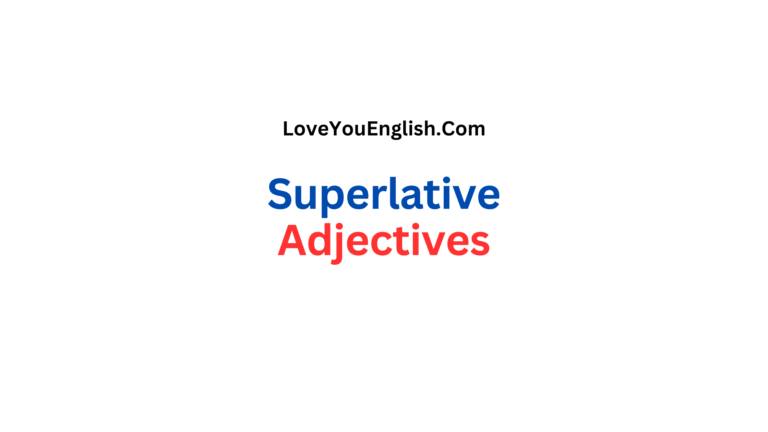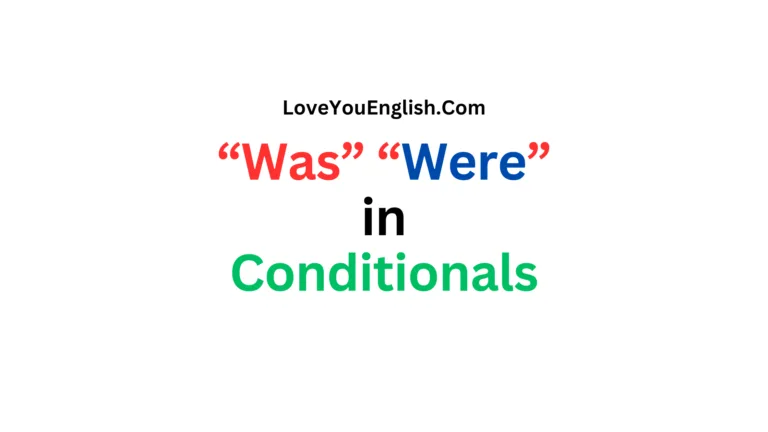What Is a Pronoun? Definition, Types & Examples
Table of Contents
ToggleI’ll tell you what a pronoun is.
Pronouns are an important part of the English language.
They help us avoid repeating the same nouns over and over again, making our sentences shorter and easier to understand.
I will tell you what pronouns are, the different types of pronouns, and provide examples of how they are used in sentences.
This post is helpful for:
-
English beginners and ESL learners
-
Kids, school, and college students
-
Working professionals
-
English teachers and future teachers
What are Pronouns?
A pronoun is a word that takes the place of a noun in a sentence.
Nouns are words that name people, places, things, or ideas.
For example, in the sentence “John is my friend,” the word “John” is a noun.
Instead of saying “John” every time we talk about him, we can use a pronoun like “he” or “him.”
Pronouns help make sentences simpler and avoid repetition.
Instead of saying, “Maria loves Maria’s cat,” we can say, “Maria loves her cat.”
The word “her” is a pronoun that replaces “Maria’s.”
Why Are Pronouns Important?
Pronouns are important because they:
- Help make language more efficient.
- Avoid repetition in speech and writing.
- Make sentences easier to read and understand.
- Allow us to refer to people, places, or things without naming them every time.
Types of Pronouns
There are several types of pronouns, and each type has a specific role in a sentence.
Let’s go through the main types of pronouns with examples.
1. Personal Pronouns
Personal pronouns refer to specific people or things and change depending on whether we are talking about the speaker (first person), the person being spoken to (second person), or the person or thing being spoken about (third person).
Examples:
First Person: I, me, we, us
-
- I am going to the store.
- We are going to the park.
Second Person: you
-
- You are my best friend.
Third Person: he, him, she, her, it, they, them
-
- He is reading a book.
- She is watching TV.
- It is raining outside.
- They are playing soccer.
2. Possessive Pronouns
Possessive pronouns show ownership or possession.
They tell us who owns something.
Examples:
First Person: my, mine, our, ours
-
- This is my book.
- This book is mine.
- Our house is big.
- That house is ours.
Second Person: your, yours
-
- Is this your pen?
- That book is yours.
Third Person: his, her, hers, its, their, theirs
-
- This is his car.
- This is her bag.
- This pen is theirs.
3. Reflexive Pronouns
Reflexive pronouns are used when the subject and the object of the sentence are the same person or thing.
These pronouns end in “-self” or “-selves.”
Examples:
First Person: myself, ourselves
-
- I made the cake myself.
- We enjoyed ourselves at the party.
Second Person: yourself, yourselves
-
- You should be proud of yourself.
- You all did it yourselves.
Third Person: himself, herself, itself, themselves
-
- He hurt himself while playing.
- She looked at herself in the mirror.
- The cat cleaned itself.
- They enjoyed themselves at the concert.
4. Demonstrative Pronouns
Demonstrative pronouns are used to point to specific things or people.
They help us show which one we are talking about.
Examples:
- This (singular, near in time or place)
- This is my favorite book.
- That (singular, farther away in time or place)
- That was a great movie.
- These (plural, near in time or place)
- These are my shoes.
- Those (plural, farther away in time or place)
- Those were the best days of my life.
5. Interrogative Pronouns
Interrogative pronouns are used to ask questions.
They help us find out more information about people or things.
Examples:
- Who (used for people)
- Who is coming to the party?
- Whom (used for people, formal)
- To whom should I address the letter?
- What (used for things or ideas)
- What is your favorite color?
- Which (used for a choice between a limited number of things or people)
- Which dress do you like more?
- Whose (used to ask about possession)
- Whose book is this?
6. Indefinite Pronouns
Indefinite pronouns refer to non-specific people or things.
They do not point to any particular person, thing, or place.
Examples:
- Everyone, everyone, someone, somebody
- Everyone is here today.
- Someone called for you.
- No one, nobody
- No one knows the answer.
- All, any, some, few, many, much
- All of the cookies are gone.
- I don’t have much time.
7. Relative Pronouns
Relative pronouns are used to connect a clause or phrase to a noun or pronoun.
They provide more information about the noun or pronoun in the sentence.
Examples:
- Who (for people)
- The woman who called you is waiting outside.
- Whom (for people, formal)
- The person whom you met yesterday is my friend.
- Which (for things or animals)
- The car which you bought is very expensive.
- That (for people, things, or animals)
- The book that I’m reading is amazing.
8. Reciprocal Pronouns
Reciprocal pronouns are used when two or more people or things are performing the same action on each other.
Examples:
- Each other (used for two people or things)
- The two friends hugged each other.
- One another (used for more than two people or things)
- The team members congratulated one another.
Examples of Pronouns in Sentences
To better understand how pronouns work, let’s look at some example sentences:
Personal Pronouns:
-
- I went to the store. (Instead of saying “Manoj went to the store,” we use “I.”)
- She loves to read books. (Instead of saying “Maria loves to read books,” we use “She.”)
Possessive Pronouns:
-
- This is my pencil. (Instead of saying “This is Manoj’s pencil,” we use “my.”)
- Is this your hat? (Instead of saying “Is this Maria’s hat?” we use “your.”)
Reflexive Pronouns:
-
- I will do it myself. (The speaker is doing the action.)
- They enjoyed themselves at the concert. (The group enjoyed their own company.)
Demonstrative Pronouns:
-
- This is my house. (Referring to something nearby.)
- That was a great show. (Referring to something farther away.)
Interrogative Pronouns:
-
- Who is that person? (Asking about a person.)
- What is your favorite food? (Asking about a thing.)
Indefinite Pronouns:
-
- Everyone is welcome to join the event. (Referring to an unspecified group of people.)
- Somebody left their book on the table. (Referring to an unspecified person.)
Relative Pronouns:
-
- The dog that barked all night is mine. (Providing more information about the dog.)
- The woman who is talking to John is my sister. (Providing more information about the woman.)
Reciprocal Pronouns:
-
- The two friends hugged each other. (The friends are doing the action to each other.)
- The team members congratulated one another. (The team members are doing the action to each other.)
Final thoughts
Pronouns are essential for making language more efficient and easier to understand.
They help avoid repetition and allow us to speak and write clearly.
Understanding the different types of pronouns and how to use them correctly will help you improve your English skills.
By using personal, possessive, reflexive, and other types of pronouns, you can express yourself more naturally and effectively.
Practice using pronouns in your sentences to get more comfortable with them, and you’ll soon notice how much easier it is to communicate in English.
Now, next time you’re writing or speaking, pay attention to how you use pronouns.
You’ll see how they make your language smoother and your message clearer.







